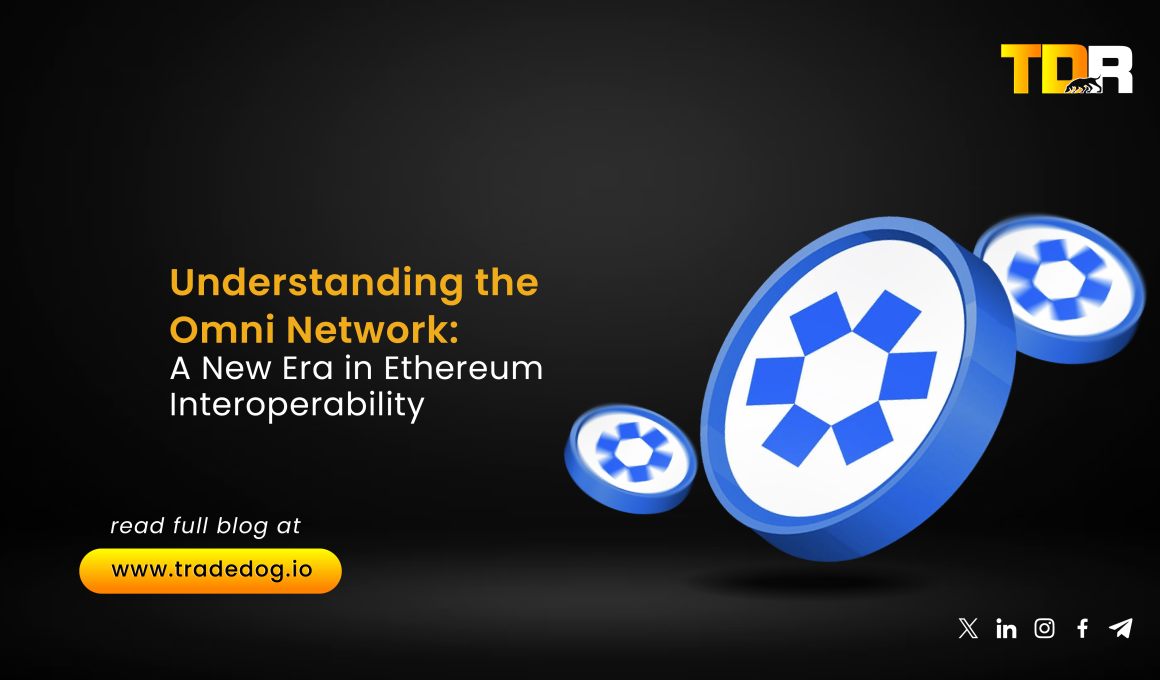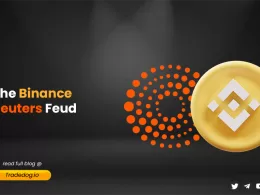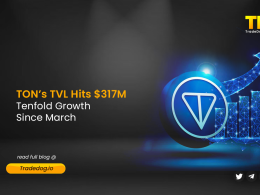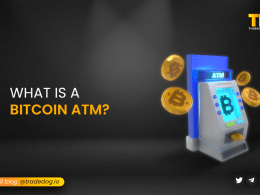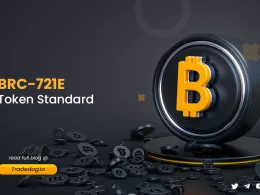Quick Links
The blockchain ecosystem is constantly evolving, with new technologies emerging to address the limitations of existing frameworks. One such innovation is the Omni Network, a groundbreaking layer-1 blockchain designed to revolutionize the Ethereum ecosystem through enhanced rollup interoperability. In this blog, we will explore the Omni Network’s origins, its mission, features, architecture, tokenomics, and roadmap. By the end, you’ll have a comprehensive understanding of how Omni is set to transform blockchain technology.
| Key metrics: (As of August 5th, 2024) | |
| Token Name | OMNI |
| Token Type | ERC-20 |
| Token Price | 6.43 |
| Circ. Supply | 8,640,598 |
| Total Token Supply | 100,000,000 |
| Market Cap | $55,552,020 |
Introduction to Omni Network
History and Founders
Omni Network was founded by Austin King and Tyler Tarsi, both former Harvard students with extensive backgrounds in blockchain technology. Before establishing Omni, King designed the Interledger network for managing payments, while Tarsi developed machine-learning infrastructure for trading. Their combined experiences led them to work closely with Ethereum, where they identified a critical need for improved rollup communication. This realization prompted the creation of the Omni Network, officially announced by the Omni Foundation in 2021.
Mission and Vision
Omni Network aims to provide a unified operating system for rollup connectivity within the Ethereum ecosystem. Rollups are a fundamental aspect of Ethereum Layer 2 networks, bundling multiple transactions into a single, compressed block. This technology significantly enhances transaction speed and reduces costs. However, the use of proprietary rollup technologies has hindered seamless communication between different rollups. Omni’s mission is to bridge this gap, enabling efficient data transfer and communication across various rollups, thereby enhancing the overall effectiveness and efficiency of the Ethereum network.
Key Features of Omni Network
- Restaking: The network will allow users to farm OMNI or ETH tokens based on their preferences. Token holders can use their existing ETH to earn income by temporarily locking tokens, thus securing the network.
- Rollup Interoperability: Omni forms an interoperable network for rollups, facilitating seamless communication and data transfer between different rollup systems. This interoperability is crucial for creating a cohesive Ethereum ecosystem.
- EVM Compatibility: Omni’s EVM (Ethereum Virtual Machine) services ensure full compatibility with the Ethereum ecosystem, allowing it to work effortlessly with all EVM decentralized applications (DApps) and projects. This compatibility enhances the network’s security and performance.
- Gas Abstraction: Omni simplifies fee management through gas abstraction, consolidating multiple transaction fees into a single payment. This feature addresses the inconvenience of paying multiple fees when transitioning between rollups.
- Dual-Chain Architecture: Omni operates on two separate layers, the Consensus layer, which secures and verifies the network, and the Execution layer, which processes transactions. This dual-layer design helps the network to maximize efficiency.
- Omni Integrated Consensus: Omni’s consensus system is partially run on the Ethereum virtual machine and partially on Omni’s main system. This integration leverages Ethereum’s security while maintaining Omni’s proprietary rollup consensus features.
How Omni Network Works
Omni Network functions as an independent blockchain, positioned between Ethereum and other Layer 2 rollup systems. Utilizing a proof of stake (PoS) consensus mechanism, validators verify nodes by temporarily locking crypto assets through a dual staking mechanism involving both Ethereum tokens and Omni tokens.
Source – https://www.binance.com/en/research/projects/omni
Every transaction begins with a user initiating a function through the initial rollup. Smart contracts convert this call into a language understood by Omni, and the Halo protocol analyzes the data, packaging it into an XBlock. The Relayer protocol transmits the XBlock into a language that a secondary rollup can process, relaying the request to the end user through the destination rollup’s framework.
OMNI Token and Tokenomics
The OMNI Token
The OMNI token is an ERC-20 token launched on Ethereum L1, playing a crucial role in Omni Network’s mission to facilitate transactions on any Ethereum rollup. It was initially listed on Binance Launchpool, and allowed users to stake BNB and FDUSD to farm OMNI tokens. The token was subsequently listed on Binance, KuCoin, and Gate.io.
OMNI serves as a gas resource for facilitating transactions across Ethereum rollups and acts as the native gas token for the Omni EVM. It also functions as a governance token and is used alongside restaked ETH in the protocol’s dual staking model to enhance security.
Tokenomics
Source – https://news.omni.network/omni-tokenomics-tge-date/
OMNI has a maximum supply of 100 million tokens, with 10.39% circulating at genesis. The initial supply of 10.4 million tokens was released through the Omni Genesis airdrop. The remaining tokens will be unlocked over a four-year schedule.
Token Distribution:
- Ecosystem Development: 29.5%
- Core Contributors: 25.3%
- Investors: 20.1%
- Community Growth: 12.7%
- Public Launch: 9.3%
- Advisors: 3.3%
Source – https://news.omni.network/omni-tokenomics-tge-date/
Roadmap and Updates
Completed Milestones
Omni has made significant progress since its inception:
- 2022: Omni closed an $18 million funding round led by Pantera Capital.
- Q2 2023: The first technical architecture documents were released.
- Q3 2023: Testnet 1: Omni Origins completed.
- Q4 2023: Testnet 2: Omni Overdrive completed.
- Q1 2024: Omni secured over $1 billion in economic security from top Liquid Restaking Tokens (LRTs) and launched the final testnet, Omni Omega, alongside the release of the Omni Whitepaper.
Upcoming Upgrades
Omni has an ambitious roadmap for the future:
- Q2 2024: Mainnet launch, Liquid Restaking Protocol, and EigenLayer operator onboarding, Token Generation Event, and onboarding the first $11 billion commits to deploy xERC20 secured by Omni.
- Q3 2024: Launch of Natively Global Applications (NGAs) on the Omni EVM, multi-rollup declarative deployments for smart contracts, and a Typescript frontend library for deploying multi-rollup applications.
- Q4 2024: Expansion to include alternative Data Availability systems like EigenDA and Celestia, attestation sharding to increase rollup capacity, and onboarding MPC providers for institutional access to Ethereum rollups.
Conclusion
The Omni Network represents a significant leap forward in blockchain technology, addressing critical challenges in the Ethereum ecosystem through enhanced rollup interoperability. Founded by visionary leaders with a strong background in blockchain, Omni aims to create a unified operating system that fosters seamless communication and data transfer across various rollups.
In our opinion, Omni Network’s approach to solving the rollup communication problem is both timely and essential. As the Ethereum ecosystem continues to grow, the need for efficient interoperability becomes increasingly critical. Omni’s innovative solutions and strategic partnerships position it as a key player in the blockchain space, and we are excited to see how it will shape the future of decentralized applications and services.





